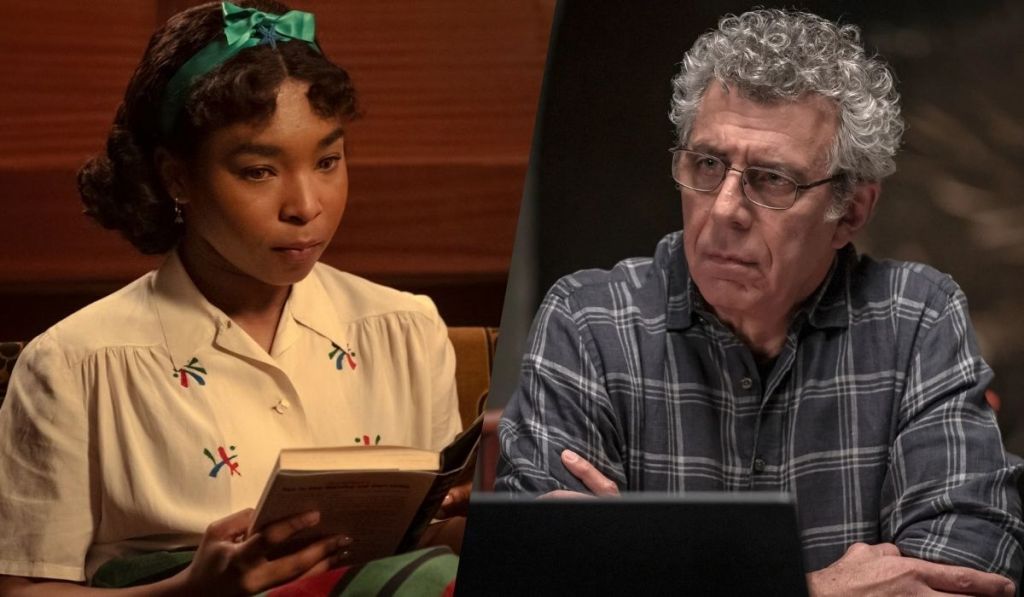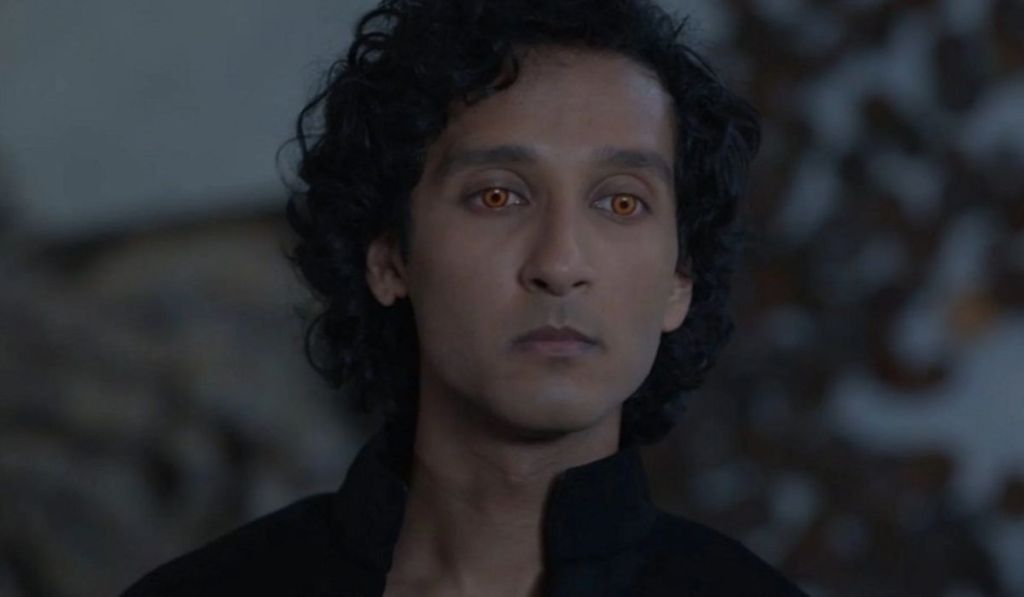Interview with the Vampire: 7 Major Differences Between the Book and the TV Show

When AMC announced a new adaptation of Interview with the Vampire, some artistic freedom was expected, since the show format gives plenty of room to explore Anne Rice’s universe. But what fans actually got was almost a full-on reinterpretation of the story. The show doesn’t strictly follow the events or portrayals from the book: it rebuilds the story from the same core, but with a totally different focus, pace, and approach (plus it pulls in elements from The Vampire Chronicles as a whole). There are changes in time period, tone, representation, character motivations, and narrative structure. The series gets that the value of the story isn’t just in what’s written, but in what can be drawn from it.
A lot of people actually see this as one of the best adaptations out there, exactly because it expands on Interview with the Vampire in a bold and smart way, without losing the soul of the original material. To pull that off, some changes had to happen. But what are the biggest ones? Here are the 7 major differences between the show and the books.
1) The Show Takes Place in a Different Time Period

Of all the changes the series decided to make, shifting the story’s time period was one of the smartest moves. In the book, Louis (Jacob Anderson) is a plantation owner in the late 18th century, which automatically ties him to slavery – something that’s pretty hard to handle today without causing controversy. By setting the adaptation in the early 20th century instead, the show keeps that same decadent New Orleans vibe but gives it a more relevant backdrop. Louis gets a different job and a conflict that feels more in line with today’s conversations. This is especially clear when you realize the interview happens in 2022, and even the COVID-19 pandemic gets a mention.
This kind of change also helps the show tackle bigger topics. The Storyville district is famous for its nightlife and systemic racism, and the series leans into that, especially since Louis is a black character in the TV series. His entire arc is driven by these issues, particularly when it comes to his transformation into a vampire, which makes everything hit harder. The change in era isn’t just for show; it’s a key part of the series’ new direction.
2) Louis’ Transformation Isn’t as Sudden

One of the things that might bug readers in the first book is how Louis’ transformation into a vampire happens. Originally, it’s super quick, almost like a desperate or impulsive move from Lestat (Sam Reid). They don’t know each other beforehand, and there’s no real connection – it’s abrupt. In the series, though, this process gets more layers, time, and meaning. Louis goes through a phase of seduction, doubt, and denial, which makes it way easier for the audience to get emotionally invested in his transformation. It feels more natural, with choices that are thought through and consequences that run deeper, which is perfect for a TV show format.
But what’s cool is that this slower pacing isn’t just there to drag out the drama, because it helps highlight how conflicted Louis really is, which is key to the story. The care taken to explore everything that leads up to his transformation, plus the way the show builds up to the moment Louis actually accepts being bitten by Lestat to become his companion, is one of the choices that makes the series feel way more psychological and intriguing – and a lot less mystical when it comes to how it handles vampire mythology.
3) Claudia and Daniel Molloy Are Older

Claudia (Delainey Hayles) and Daniel Molloy (Eric Bogosian) are two important characters in the novel. But the series’ decision to give them different ages from the original story makes them stand out even more. Aging Claudia, for example, was both a practical and dramatic choice. In the book, she’s only 5 years old, which makes her “child vampire” condition even more tragic – but also difficult to adapt. In the show, she’s 14, which not only makes production easier but also lets the story dive into a different kind of horror: that of a teenager stuck forever in a body that’s still changing, full of desire, anger, and self-awareness. Not that this doesn’t exist in the book; the change doesn’t weaken the character, it just reshapes her impact. Stunted puberty can be more interesting to explore than stunted childhood.
In Daniel’s case, aging him completely changes the reporter’s role. Instead of being a rookie fascinated by the story, he’s now a veteran journalist in bad health who already tried to do this interview in the past and failed. That brings more tension to his dynamic with Louis and opens up space for mistrust and manipulation in the storytelling (not to mention a very interesting arc when you think about what’s coming), since he ends up being turned into a vampire by Armand (Assad Zaman). Daniel goes from a curious observer to someone picking apart the entire story, which raises the emotional stakes of the interview.
4) The Show Puts a Spotlight on Queer Identity

The books deal with vampire relationships in an ambiguous way, especially those between Louis and Lestat. This is because at the time of their release, it was difficult to discuss certain topics openly – something Rice herself commented on. However, the show decides to drop the subtext and fully embrace queer representation. That completely changes the tone of the story and puts it more clearly within discussions of sexuality and identity. LGBTQ+ relationships are no longer just hinted at; they’re now at the center of the plot, with explicit moments of affection, conflict, and desire that add more depth to the characters.
No, this decision isn’t just about style or shock value. It actually expands the emotional impact of the story and makes the relationship arcs stronger. This also helps modernize the adaptation and brings it closer to what the author always wanted to explore, even if she had to be subtle about it in the books: love and desire between creatures who live outside the norm.
5) Armand Plays a Major Role

In the series, Armand shows up from the very start, but in the books, he only becomes important later on and largely stays a mysterious figure. The show, however, introduces him right away as Rashid, only revealing later that he’s actually Armand in a surprising plot twist. None of this happens in the novel, and this choice not only changes the story’s structure but also makes Armand a direct manipulator throughout Seasons 1 and 2. He’s not just part of Louis’ story; he actually shapes how it’s told, and that’s a big deal.
Plus, this rewrite also gives the relationship between Louis and Armand more emotional weight than the book explores, since they had a romance but never stuck together for more than 70 years. Giving him all that power sounds risky on paper, but it’s done really well here – it amps up Louis’ internal struggles and adds even more psychological tension to the show.
6) Louis Has Way More Layers

Anyone who’s read the first book knows that Louis on TV is almost a completely different character (and even more charismatic and interesting) because he has way more layers to explore and connect with. In the original, he’s a white aristocrat, plantation owner, melancholic, passive, and philosophical. His life is dominated by guilt over taking lives, and much of the novel is filled with existential monologues that, while poetic, make him emotionally distant. In the show, Louis is a middle-class black man who owns brothels in Storyville, dealing with institutional racism and trying to climb the social ladder. That completely changes the weight of his character. He carries not only the moral guilt of being a vampire but also the heavy burden of a lifetime facing exclusion, loss, and forced adaptation.
Plus, his personality shifts a lot. While the original Louis is tormented and rarely stands up to Lestat with real strength, the show’s version is way more emotional, impulsive, and contradictory. This Louis loves fiercely, reacts with anger, lies, and keeps secrets. He’s less reliable but much more human. And his struggles are more practical too: figuring out how to survive, how to love, and how to stay sane.
7) Romance and Emotion Drive the Vampires

The books handle some things very subtly, but the series, when it comes to feelings, goes all in and dives into intense love stories. Louis and Lestat have a toxic relationship that’s shown with total clarity, and the tender moments and the violent ones between them get equal screen time. The same goes for Armand and Louis, who get a lot more focus in Season 2. The adaptation doesn’t hide behind metaphors; it lays out the affection, jealousy, and manipulation driving these relationships.
But this spotlight on romance isn’t just about pulling at emotions, as it also grounds the characters’ motivations. When Louis hesitates, when Lestat lashes out, or when Armand manipulates, it’s all tied to feelings; everything links back to the kind of relationships they have with each other. The same goes for Claudia, whose story is about wanting someone just like Louis and Lestat want each other. Being upfront about these romantic ties helps turn the vampires into deeply human figures, full of conflicting desires and pain. Interview with the Vampire is really about that, and this choice just cranks up the emotional depth.




